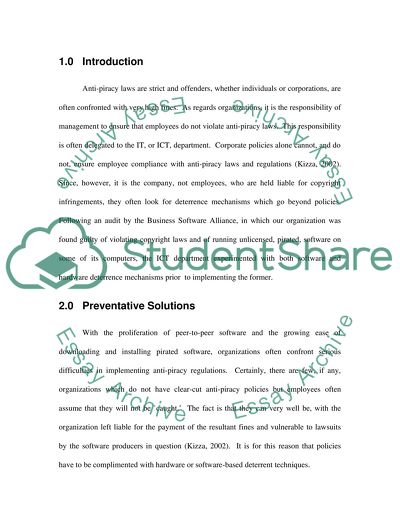Cite this document
(“Anti-Piracy Laws Essay Example | Topics and Well Written Essays - 1250 words”, n.d.)
Retrieved from https://studentshare.org/miscellaneous/1533364-anti-piracy-laws
Retrieved from https://studentshare.org/miscellaneous/1533364-anti-piracy-laws
(Anti-Piracy Laws Essay Example | Topics and Well Written Essays - 1250 Words)
https://studentshare.org/miscellaneous/1533364-anti-piracy-laws.
https://studentshare.org/miscellaneous/1533364-anti-piracy-laws.
“Anti-Piracy Laws Essay Example | Topics and Well Written Essays - 1250 Words”, n.d. https://studentshare.org/miscellaneous/1533364-anti-piracy-laws.


